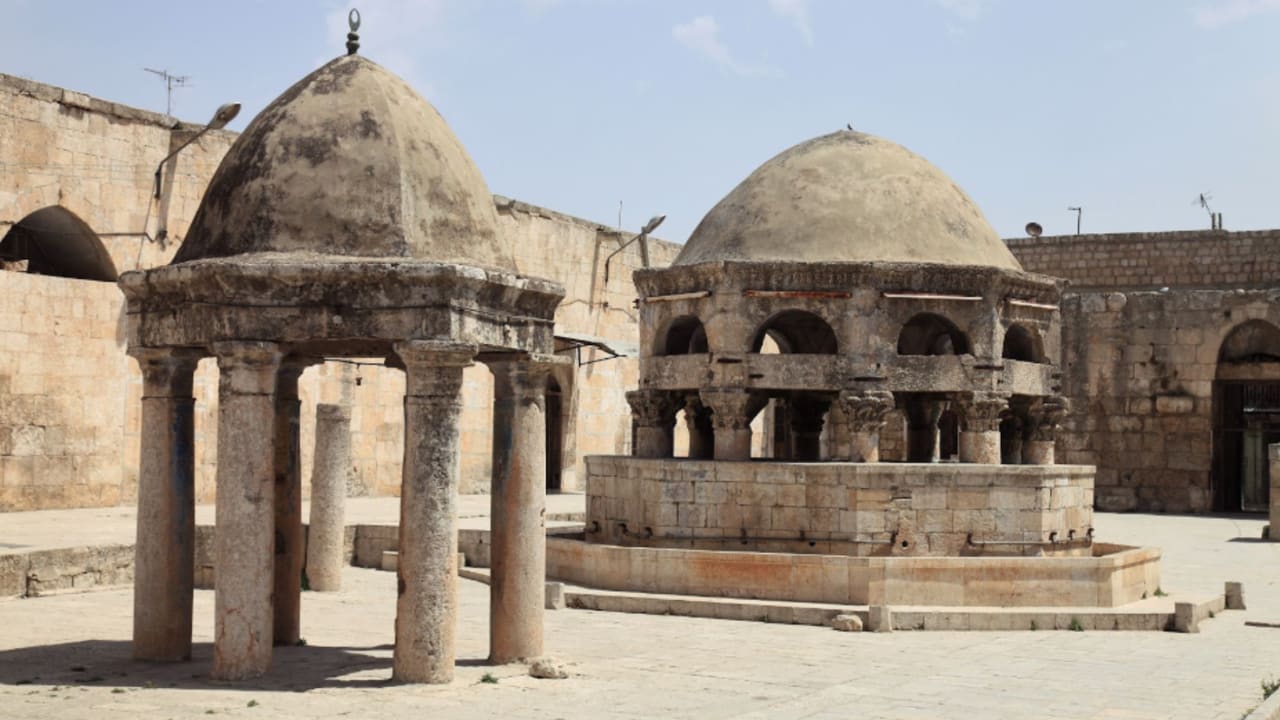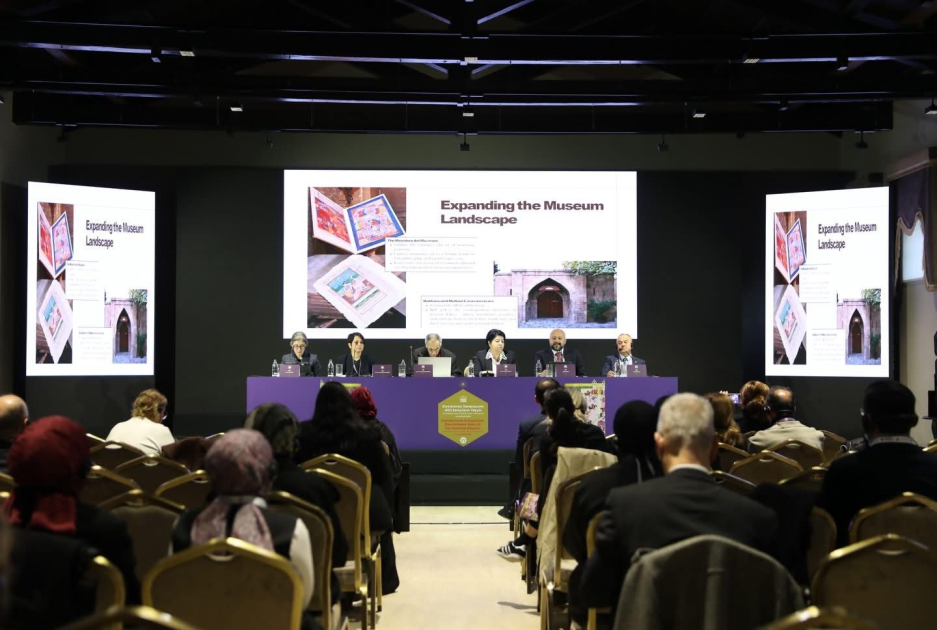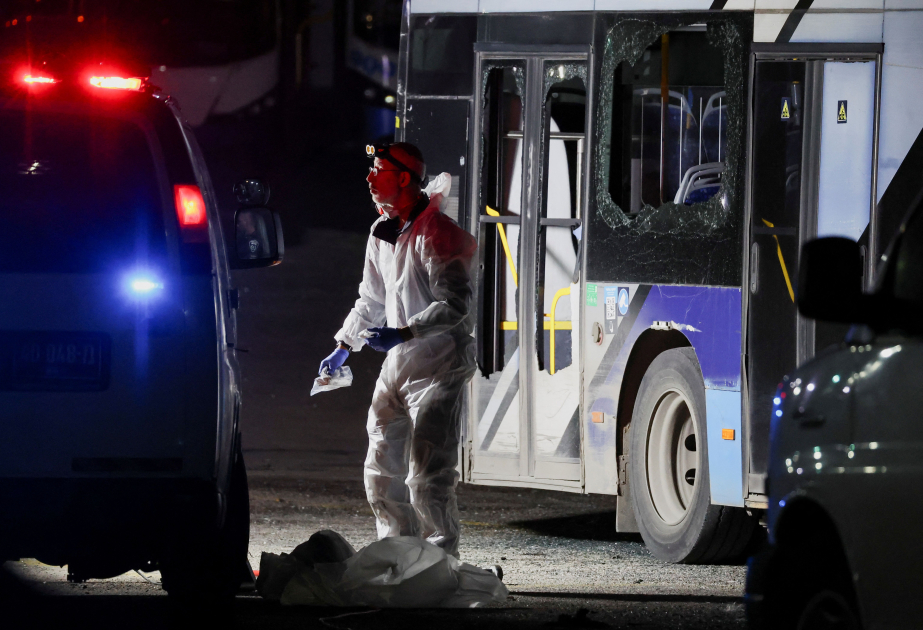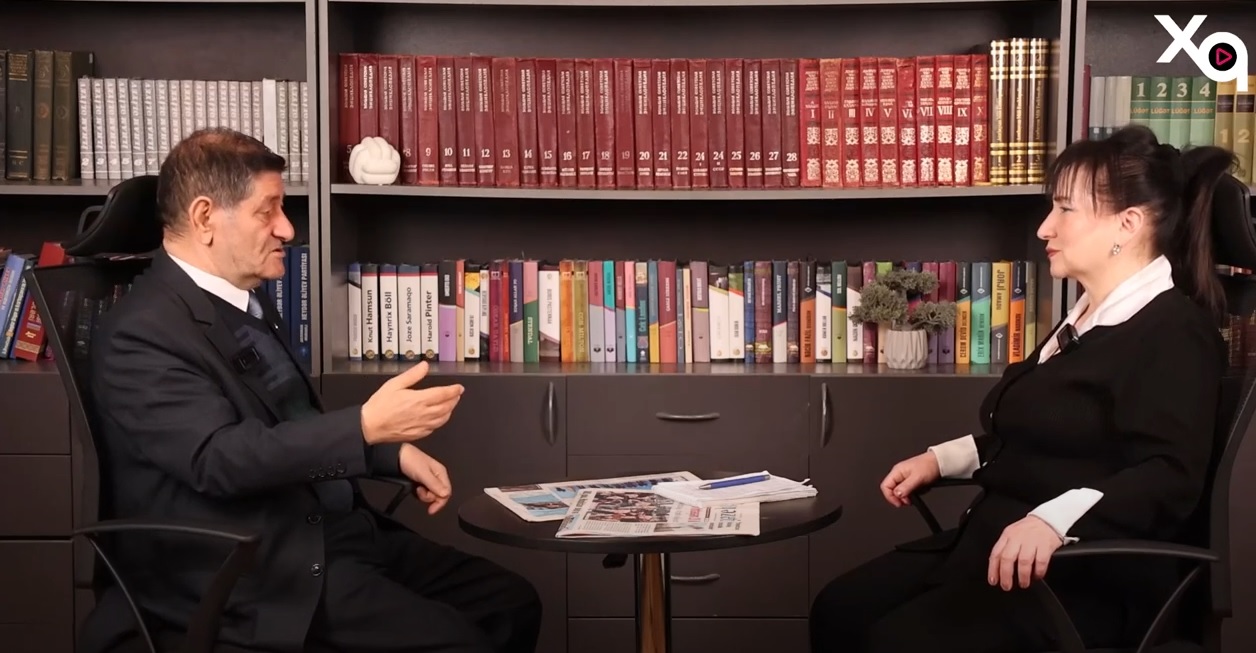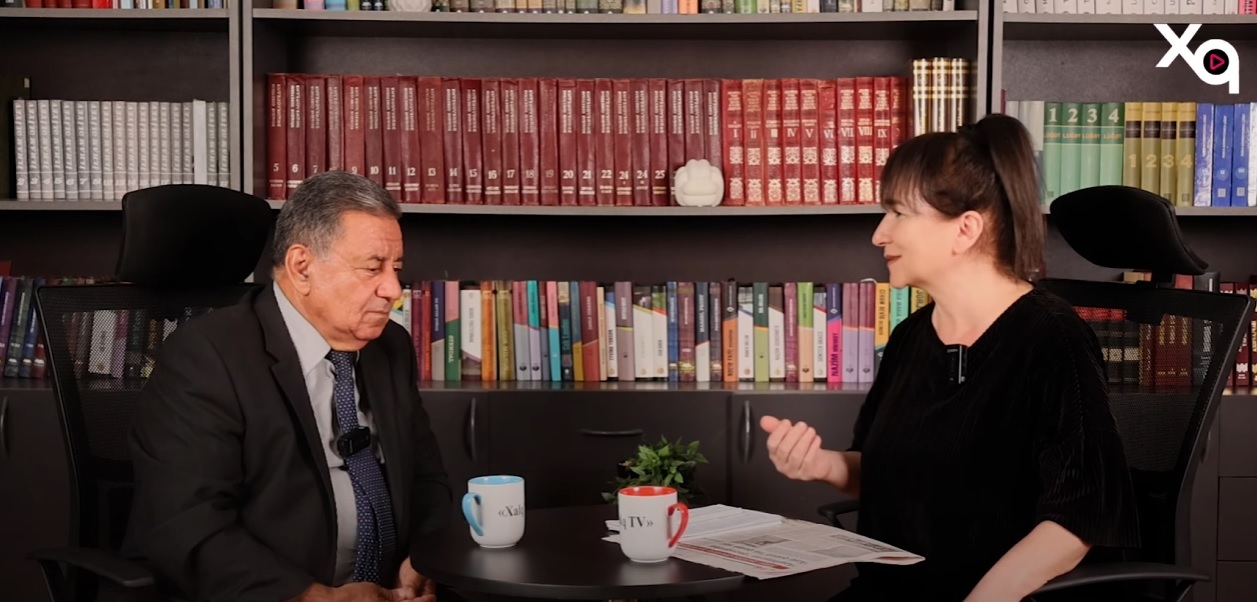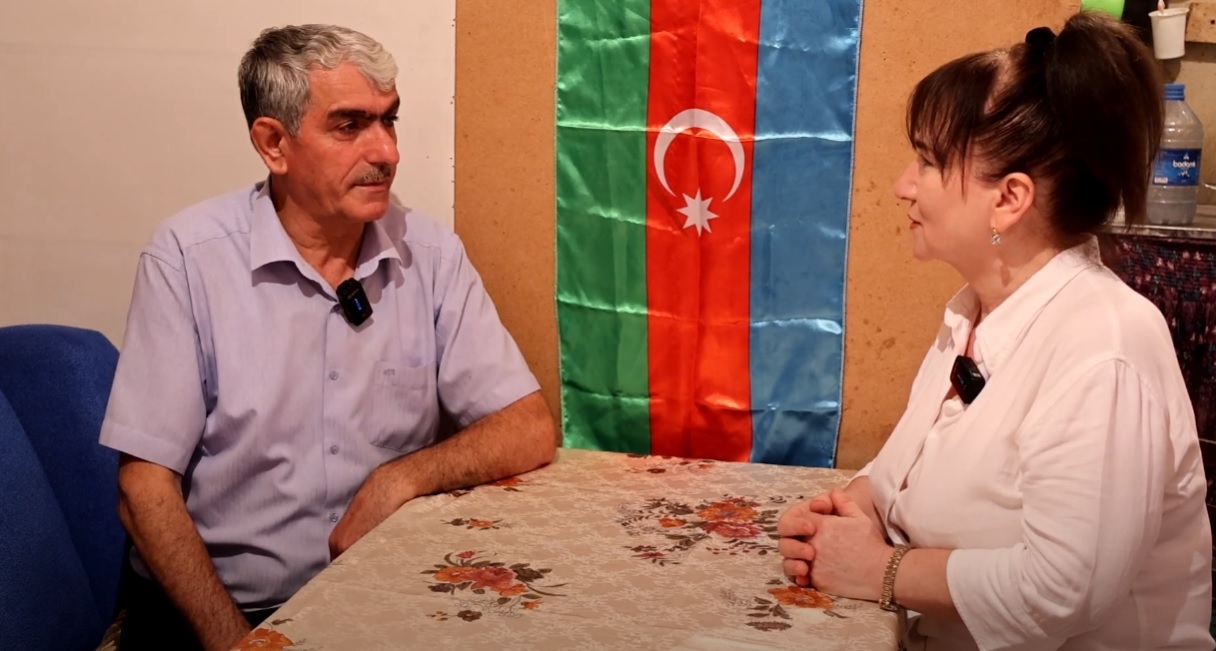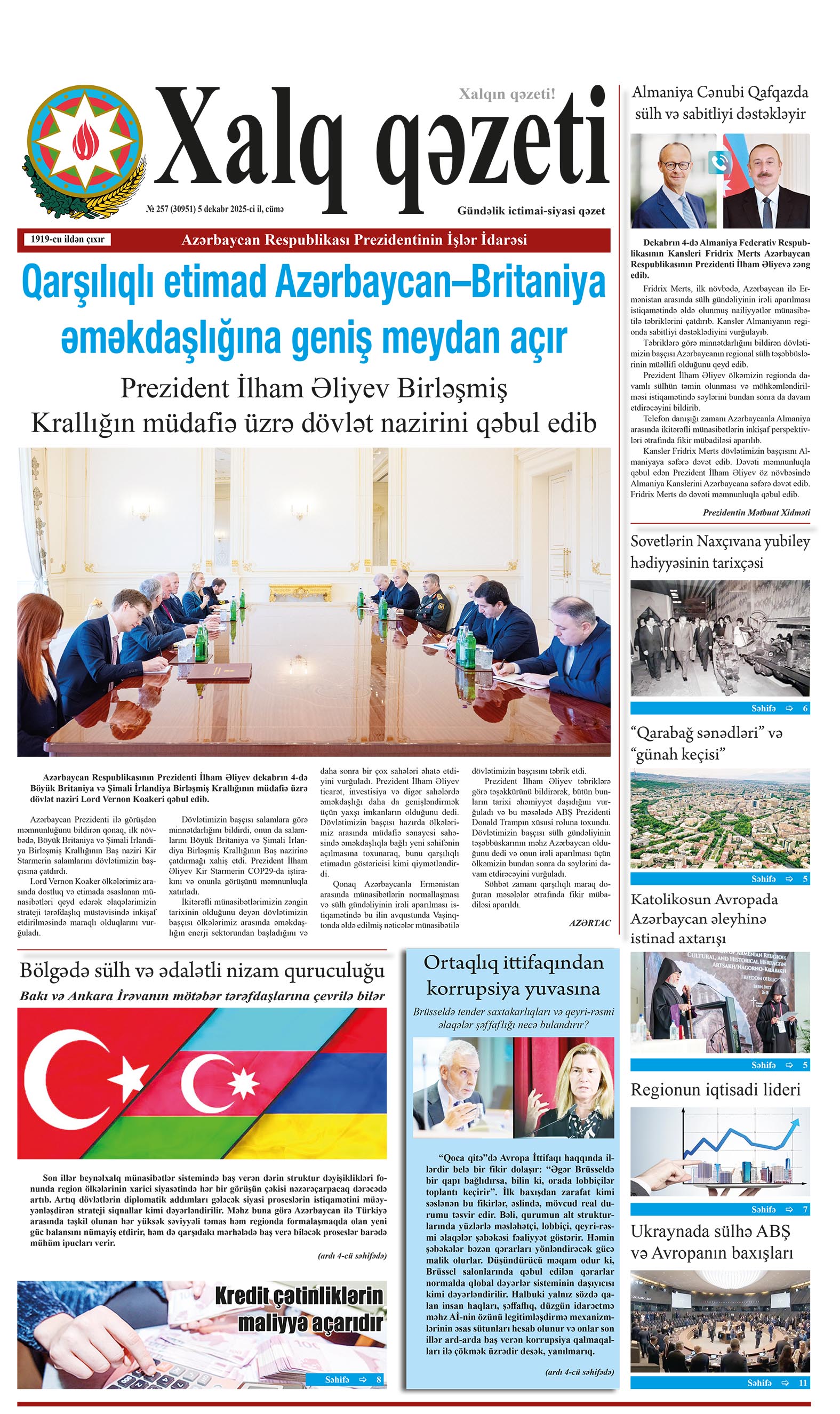A contractor clearing debris in the war-ravaged town of Maarat al-Numan in northern Syria unearthed an underground Byzantine tomb complex estimated to be over 1,500 years old, The Independent reported. The discovery was made beneath a house destroyed during the nearly 14-year Syrian civil war, which inflicted damage on archaeological sites through bombing, looting, and unauthorized excavations.
The burial complex consists of two stone chambers, each containing six tombs. Intricate carvings, including the sign of the cross etched into the top of a stone column and crosses preserved on the gravestones, indicate the site's Christian heritage during the Byzantine period. Among the artifacts found were ceramics and glass vessels, offering insight into the burial practices of the time.
"Based on the presence of the cross, as well as the pottery and glass artifacts found at the site, it can be determined that the grave is dated to the Byzantine period," said Hassan al-Ismail, director of antiquities in Idlib province, according to the Los Angeles Times. He added that the discovery enriches the collection of archaeological sites in the area.
The Byzantine Empire, which began in the fourth century CE, was a continuation of the Roman Empire, with Constantinople (now Istanbul) as its capital and Christianity as the state religion, according to The Independent. Abandoned Byzantine-era settlements known as the Dead Cities are scattered across the hills and rocky valleys of northwestern Syria. These weathered limestone ruins feature remnants of stone houses, basilicas, tombs, and colonnaded streets, painting a vivid picture of life during that era.
The grave site was found amid a residential neighborhood of cinder-block buildings that were largely damaged in the conflict. Aerial images and photographs of Maarat al-Numan reveal that many houses still stand but without roofs, showing the damage inflicted during the war. Houses in the town were looted and demolished, especially after government forces seized control of the area.
Residents of Maarat al-Numan are beginning to return and rebuild their homes. The chance discovery of the tomb complex has sparked hope among locals that it could herald a revival of tourism in the war-torn area. "We need to take care of the antiquities and restore them and return them to the way they were before... and this will help to bring back the tourism and the economy," said Abed Jaafar, a resident of Maarat al-Numan, according to The Independent. He recalled that in the "old days," many foreign tourists traveled to see the ruins.
Some locals hope that the ruins could spark tourism in the region, as archaeological sites in northern Syria have the potential to attract foreign visitors and stimulate the economy. "This is not just stones—this is part of our memory and history," one researcher noted, according to Tengrinews.
he tomb is planned to be placed under protection, with future prospects of becoming part of a cultural route that could help revive interest in the region and attract tourists.
In the past, owners of properties where archaeological ruins were found often hid them, fearing their land would be seized to preserve the ruins. However, attitudes are changing as the potential economic benefits of tourism become apparent. Ghiath Sheikh Diab, a resident of Maarat al-Numan, expressed hope that property owners would be fairly compensated in cases of archaeological discoveries and that assistance would be provided to displaced people returning to find their homes destroyed.
"Idlib holds a third of the archaeological sites of Syria—about 800 archaeological sites, in addition to one ancient city," said al-Ismail.


